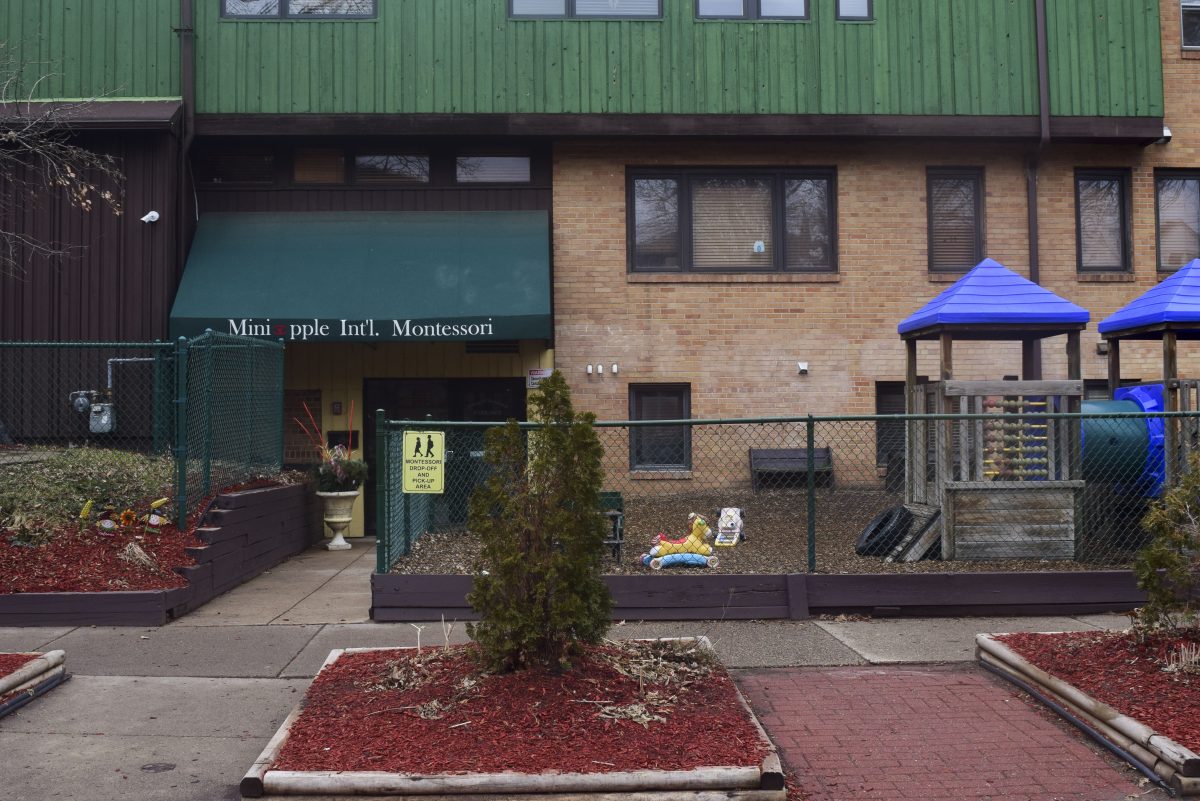While a revised Minneapolis affordable housing policy would expand its definitions to include students, many traditional undergraduates may still not qualify, officials say.
Inclusionary zoning would require new private developers to make a portion of their units affordable. An interim policy that went into effect at the beginning of 2019 excluded all student housing from using inclusionary zoning. The revised policy was presented to Minneapolis City Council members and discussed at a Minnesota Student Association town hall meeting earlier this month.
Under the new proposal, developers of buildings with at least 20 units would have to have three options for affordability or pay a fee. Developers could choose to construct eight percent of units to be affordable at 60 percent of the area median income, 20 percent of units at 50 percent AMI with financial assistance from the city or four percent of units at 30 percent of AMI.
The revised inclusionary zoning policy would apply to student housing, which is defined as private housing intended to primarily serve students.
But to qualify for these units, students would have to meet federal affordable housing eligibility guidelines. Assuming perspective residents meet income qualifications, some of these federal guidelines include requirements that individuals be over the age of 24, married or a graduate or professional student.
While the proposal does not specify which guidelines will be used, many of these potential qualifications would prevent traditional students from using inclusionary zoning, said Ward 3 City Council member Steve Fletcher.
“It is going to exclude most traditional students who are going for a four-year undergraduate degree. Almost everybody’s going to get excluded under these federal guidelines,” he said.
Defining student housing and qualifying students in the proposal is a challenge, Stephanie Reyes, Grounded Solutions Network’s state and local policy manager who presented the new policy, told council members last week.
Two possible approaches to expanding inclusionary zoning to more students emerged at the MSA town hall. Fletcher proposed establishing policies unique to the geographic area around the University of Minnesota.
Fletcher said this approach would prevent student housing from impacting the city’s larger housing market. Providing a citywide student solution could cause student renters to find affordable housing through inclusionary zoning in other neighborhoods, potentially pushing out families in need of housing, he said.
“From my perspective … the key was the geographic restrictions or some kind of way of defining student housing,” Fletcher said at the town hall. “What we don’t want to do is create a new housing crisis by solving one over here.”
MSA plans to advocate for a University-area standard open to students who qualify for Pell grants, said Rebecca Cowin, MSA’s local government and advocacy coordinator. Pell grants are federal need-based grants for undergraduate students.
But Ward 2 City Council member Cam Gordon said he supports a citywide solution that applies to all qualifying students living in the city.
“I tend to want to have a citywide solution because … it would be simpler and it would be easier and I also would just like to have a solution for any kind of unit,” he said at the town hall.
Cody Hoerning, a University graduate student who attended the meeting, said he also favors a citywide solution that would benefit all Minneapolis college students.
“I think there’s definitely students throughout the city who could use affordable rents, regardless of if they’re near the University of Minnesota or not,” Hoerning said.
Cowin said establishing a definition of student affordability will also help inform future policy goals for MSA and City Council members.
“[Inclusionary zoning is] not the final solution to the issue of housing affordability for students,” Cowin said. “I think it’s a step towards creating a better system for the University of Minnesota area. And I think it really sets the conversation for further efforts that we can do to try and address that.”
The inclusionary zoning policy is open for public comment and is expected to come to the City Council for approval in December.























